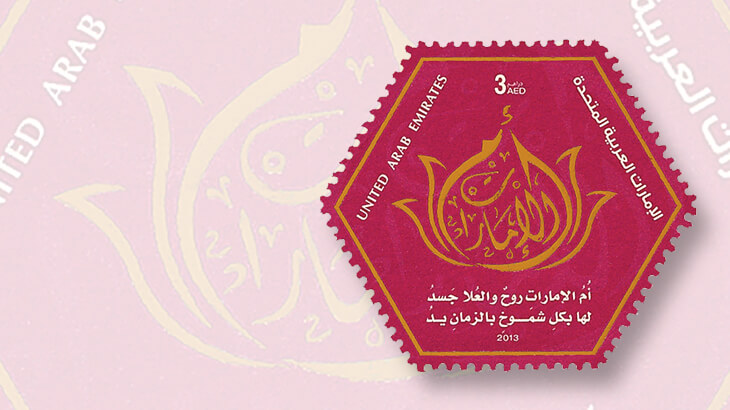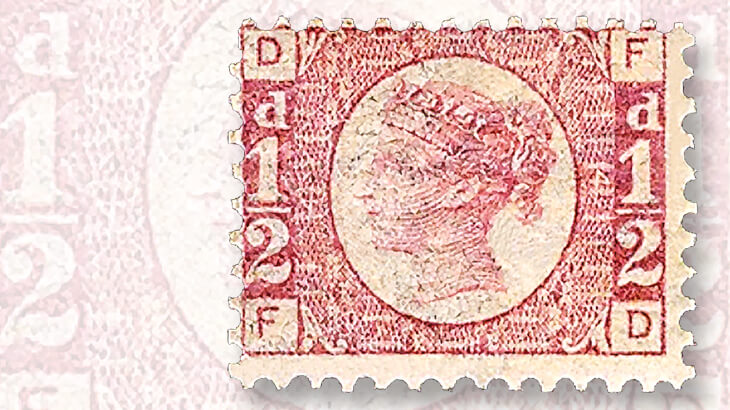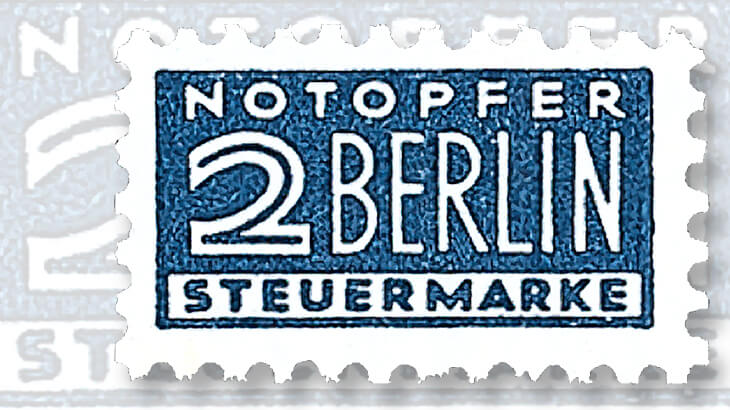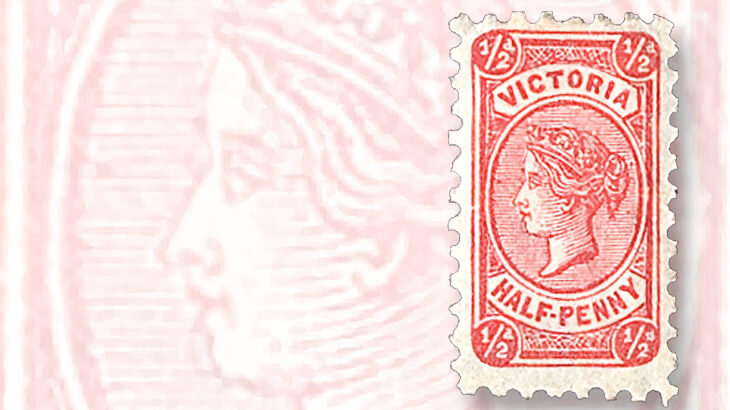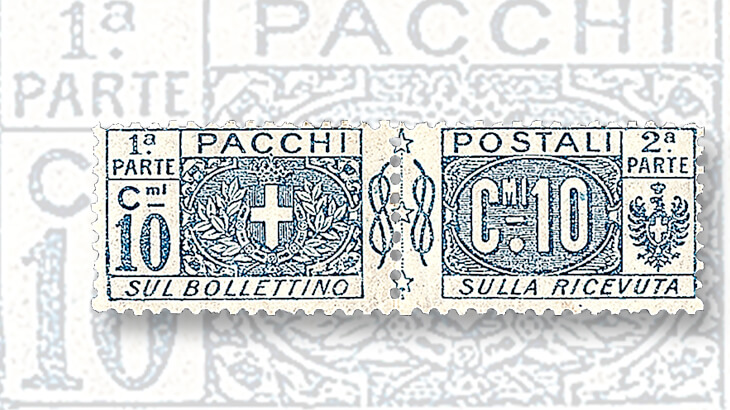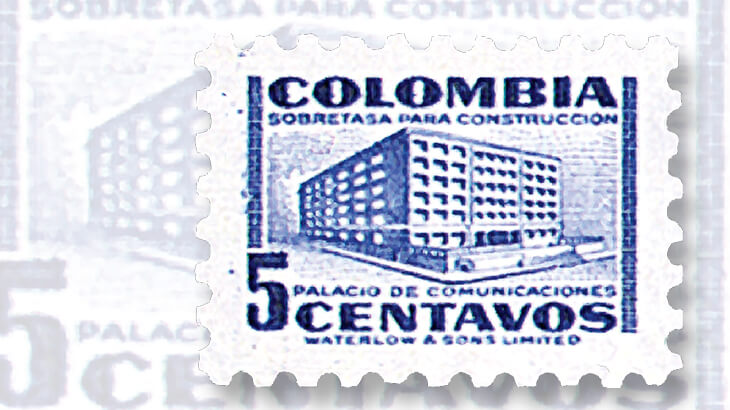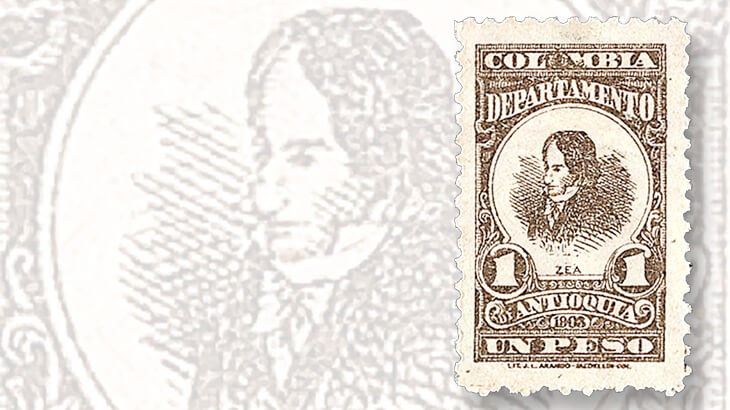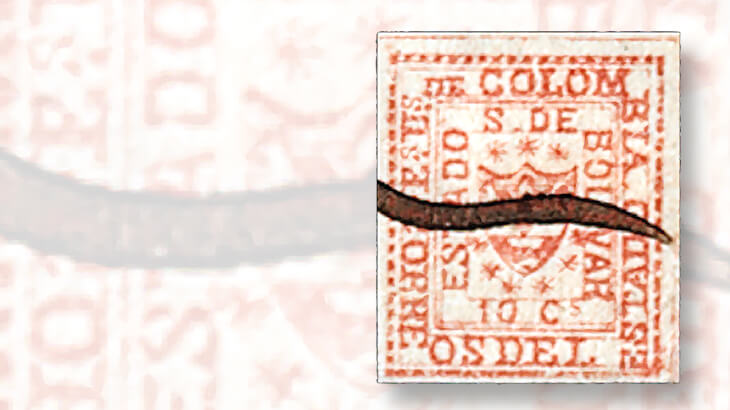World Stamps
The appeal of collecting little bitty stamps: Stamp Collecting Basics
Stamp Collecting Basics — By Janet Klug
Have you ever heard the phrase, “about the size of a postage stamp”? In reality, postage stamps can be very little or startlingly big. Let’s have a look.
There have been many larger-than-normal stamps.
On March 21, 2013, the United Arab Emirates issued a hexagonal stamp for International Mother’s Day. The 3-dirham stamp (Scott 1075) was issued in panes of 12.
Connect with Linn’s Stamp News:
Sign up for our newsletter
Like us on Facebook
Follow us on Twitter
A variety of this stamp was created that is 4.46 feet high and 3.83 feet wide. This stamp is recognized by Guinness World Records as “the world’s largest postage stamp,” according to Emirates National Records.
You can see the big stamp and read about it online here. Click the link for “World Records” and then for “The largest postage.”
That stamp is far too big for our stamp albums, so let’s move along to the little stamps.
How about starting a new collection of tiny stamps? It is a specialty you might not have considered.
For the most part, tiny stamps are readily available, and many of them are not terribly expensive.
A few of them are pricey but, nevertheless, chasing the little stamps is a fun way to collect.
Colombia has issued several small stamps. Many of these are postal tax stamps, while others are regular stamps of the various United States of Colombia.
A postal tax stamp indicates payment of a mandatory tax on mailed letters, as required by some governments.
There are several tiny vertical stamps from the Colombian state of Antioquia depicting diplomat and statesman Francisco Antonio Zea in the vignette (central image of the stamp). These are Scott 152-157, issued in 1903-04, which measure only 1 inch high and ½ inch wide.
Colombia’s state of Bolivar issued a really tiny 10-centavo stamp, Scott 2, in 1863. Its measurements are 0.35 inch by 0.37 inch.
This ministamp has an additional Scott minor number of 2a, for a diagonal half used as a 5c franking on cover. Imagine bisecting this tiny stamp and affixing it to an envelope.
And, yes, there are some tiny stamps from Colombia that are regular postage stamps; for example, Scott 601, a little 5c stamp issued in 1952 and picturing the government communications building. You could call this a “bigger little stamp,” at ¾ inch wide and ½ inch high.
In 1948, Germany issued postal tax stamps to raise funds to subsidize West Berlin, which was destitute. The Notopfer Berlin (Berlin emergency levy) required the use of a 2-pfennig postal tax stamp on virtually all types of internal mail in West Germany between Dec. 1, 1948, and March 31, 1956.
The tiny dark blue stamps, approximately ½ inch by ¼ inch, have been nicknamed the “blue flea” issue because of their size.
Queen Victoria was shown on a tiny stamp in 1870: a ½-penny stamp (Scott 58) issued Oct. 1. Despite their small size (¾ inch by ½ inch), these stamps have the corner letters standard to early British stamps, which identify a stamp’s position on the printing plate.
A sheet of these small stamps consists of 480 stamps arranged in 20 rows of 24 stamps.
This is the smallest stamp issued by Great Britain and has been given the nickname “bantam,” a term originally used to describe small-breed chickens.
For those who like plate numbers, they are found on these British Bantam stamps between the vignette and the numeral “1” on the right and left sides. The plate numbers are difficult to see but add to the challenge and interest of your collection.
Little stamps issued by South Africa in 1942-43 (Scott 90-97) also received the moniker “bantam.” These little stamps are 1 inch by ½ inch and were issued in strips of three. Several of the set have bilingual inscriptions, in English and in Afrikaans. Collecting the stamps in pairs or strips of three is the best way to keep them.
Like so many nations that issued small stamps, South Africa printed its Bantam stamps to save paper during World War II.
In 1874, the Australian colony of Victoria issued a tiny red ½-penny stamp, Scott 130. The stamp measures ½ inch by ¾ inch. A similar stamp was issued in 1901 in blue green (193).
Italy issued tiny se-tenant parcel post stamps (Scott Q7-Q19) from 1914-22. The conjoined stamps were cleverly designed so that one of the stamps remained on the parcel’s waybill and the other was affixed to the sender’s receipt. Each stamp measures slightly less than 1 inch by ½ inch.
They may be small, but intriguingly tiny stamps can be of large collectible interest.
MORE RELATED ARTICLES
Headlines
-
US Stamps
Oct 7, 2024, 3 PMMcMurtrie dismissed as APS education director following Sept. 21 arrest
-
US Stamps
Oct 7, 2024, 12 PMVasiliauskas named president of Mystic Stamp Co.
-
US Stamps
Oct 6, 2024, 5 PMApgar souvenir card available
-
US Stamps
Oct 6, 2024, 4 PMFirst Continental Congress and U.N. stamps receive Scott catalog numbers
